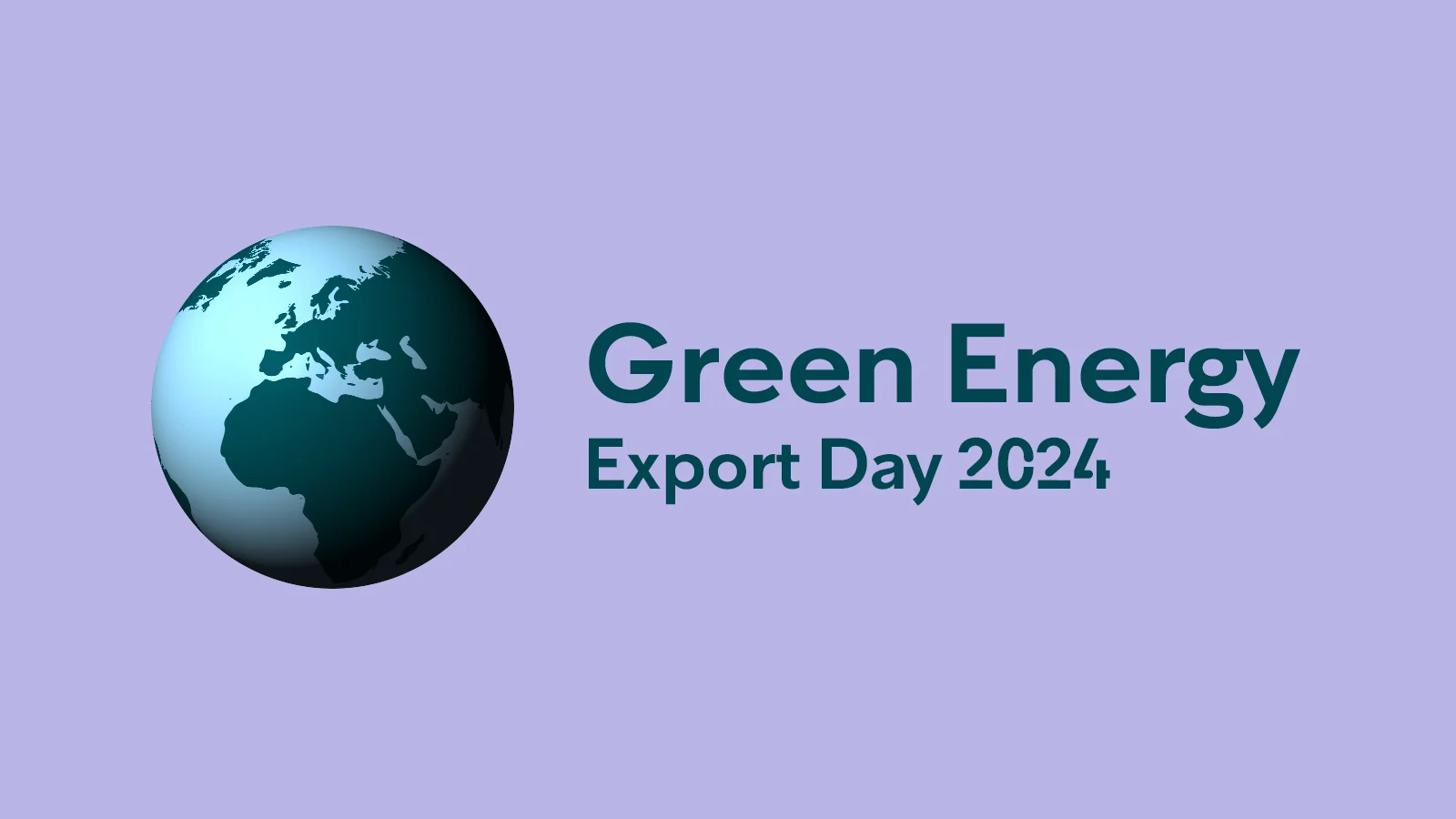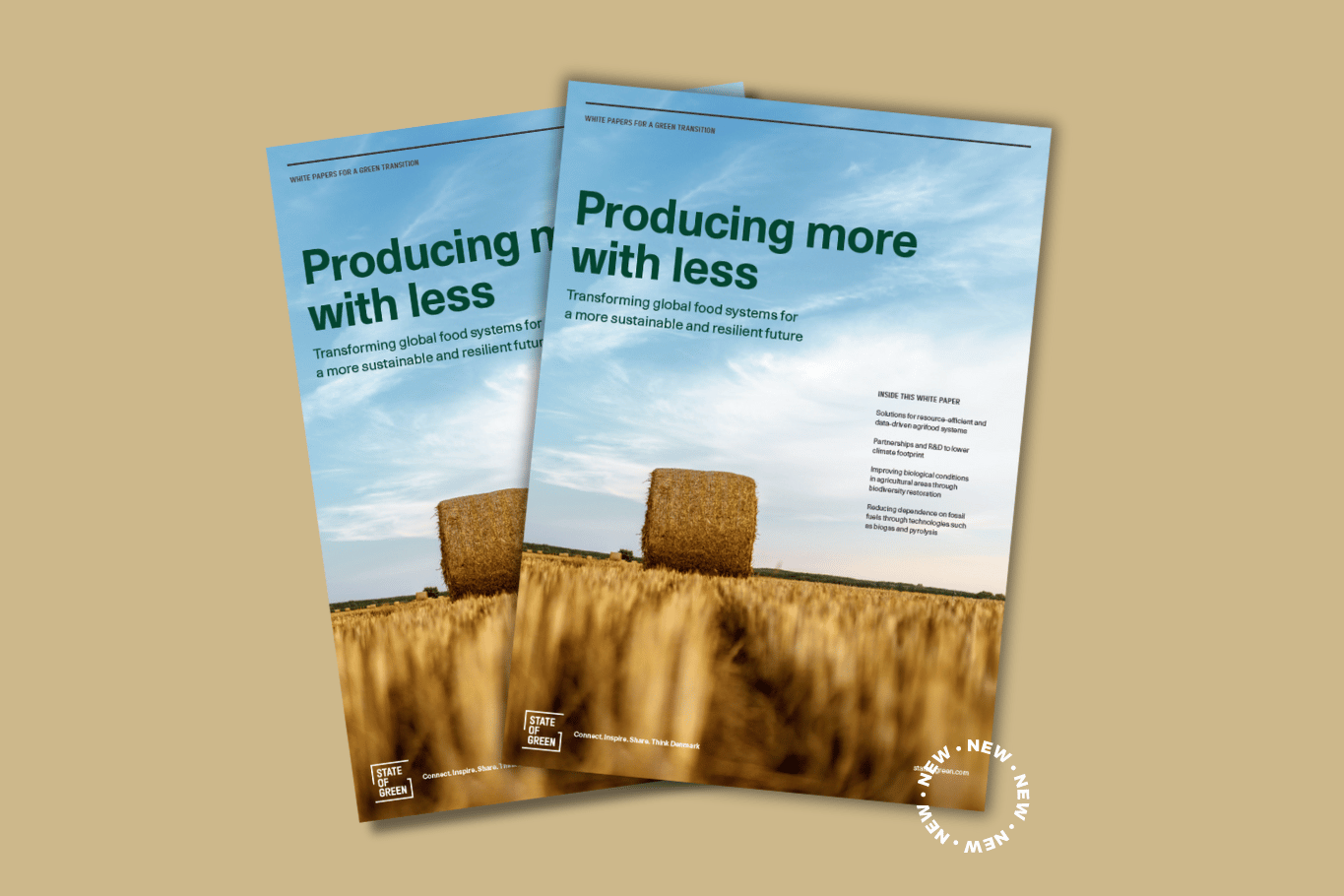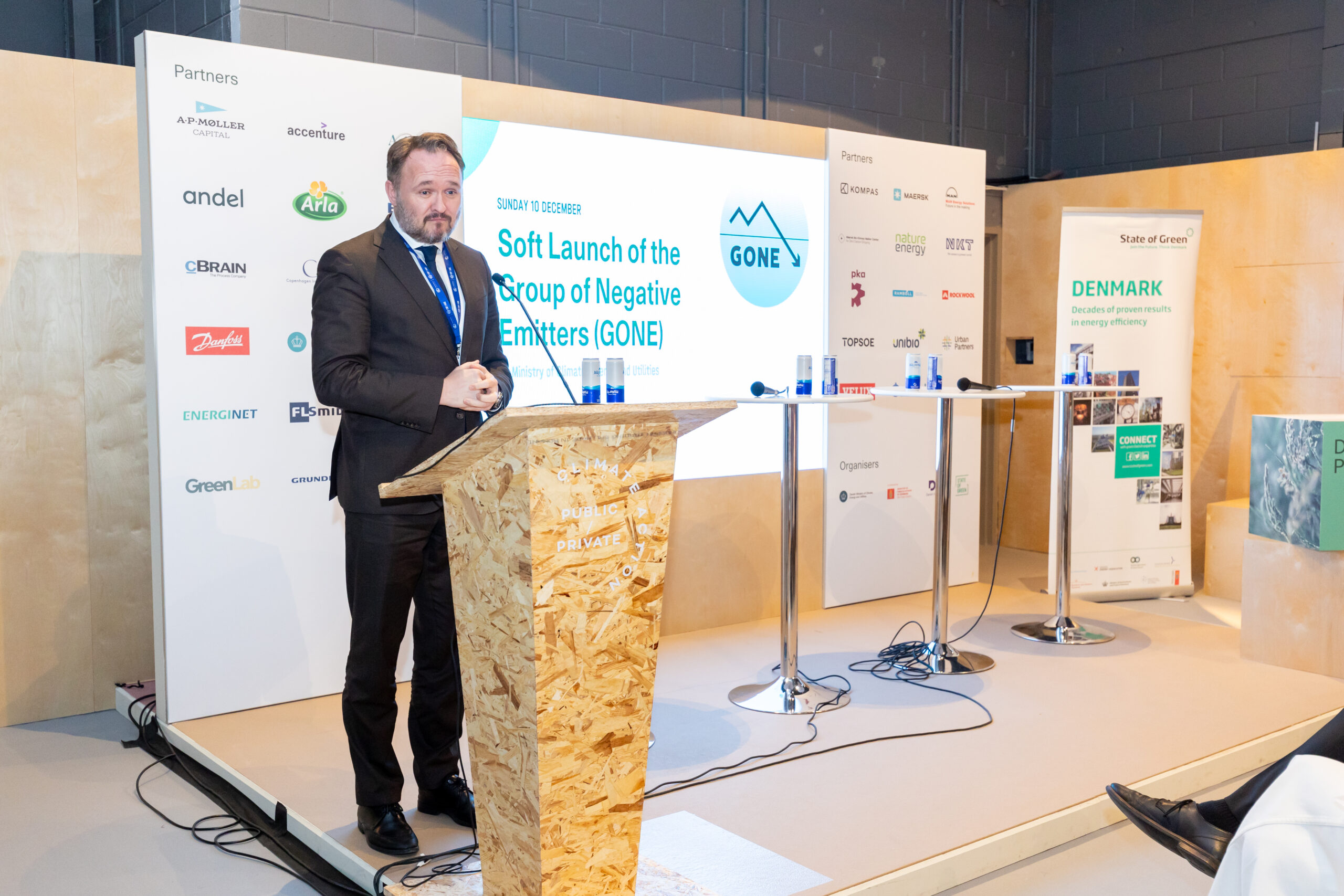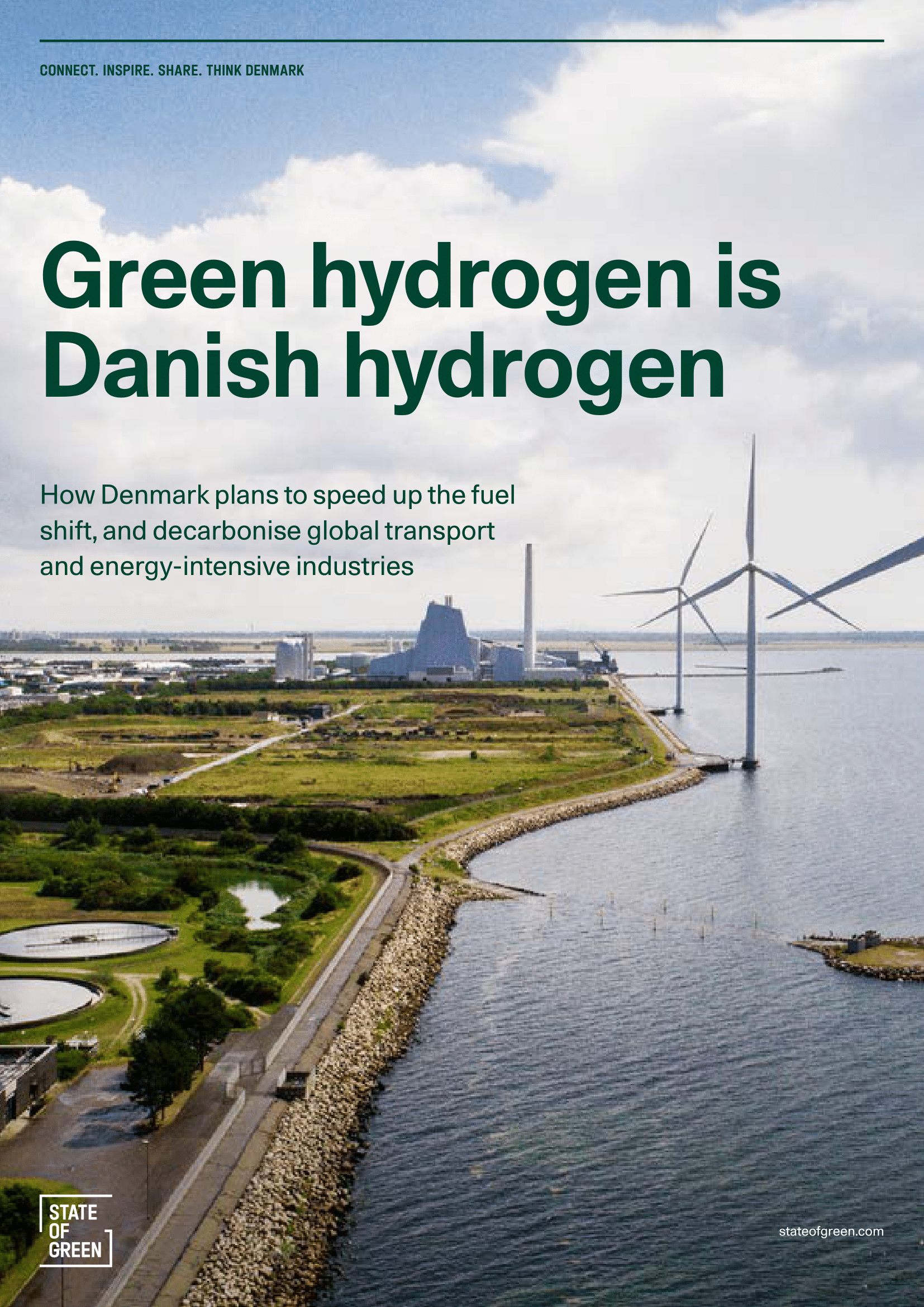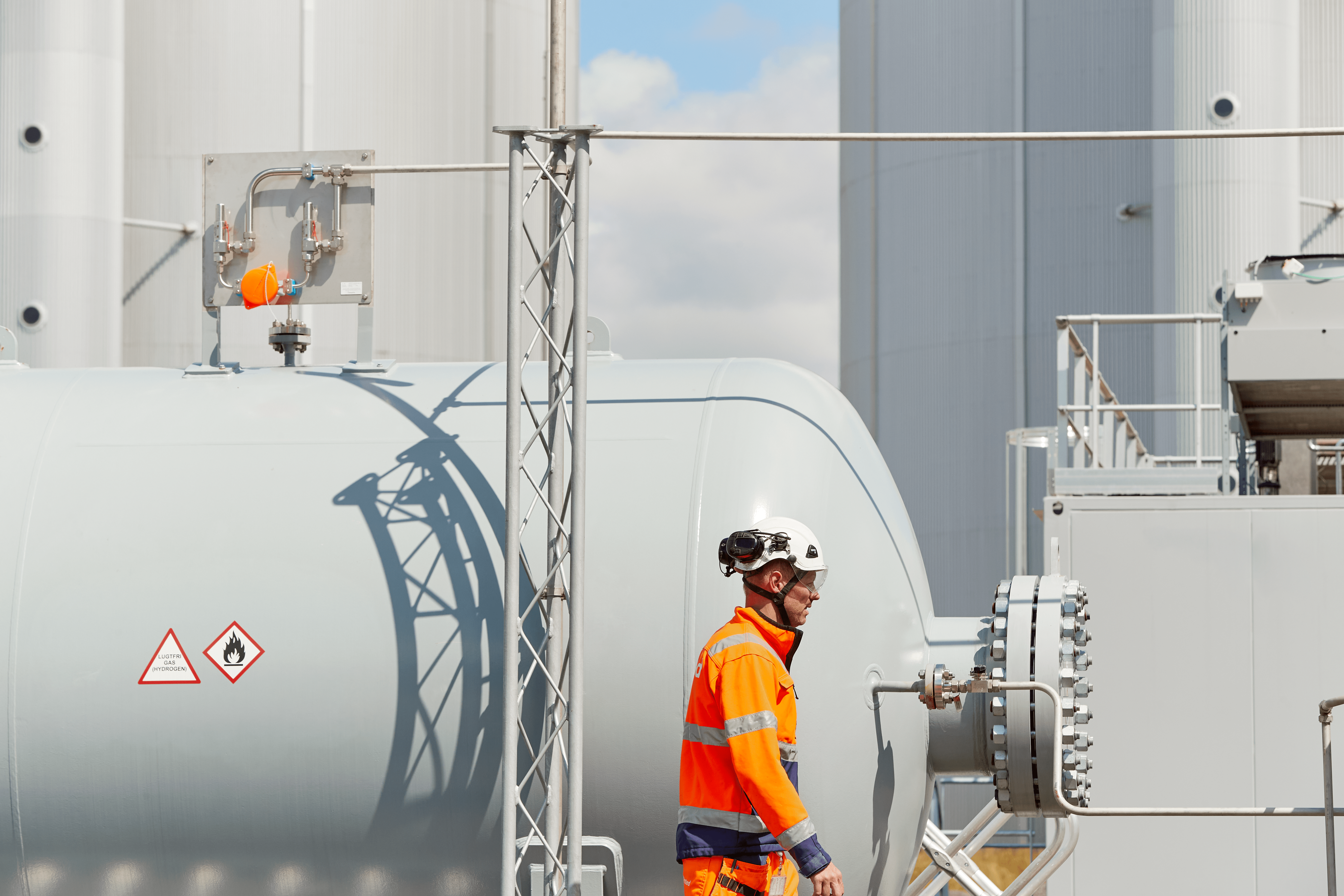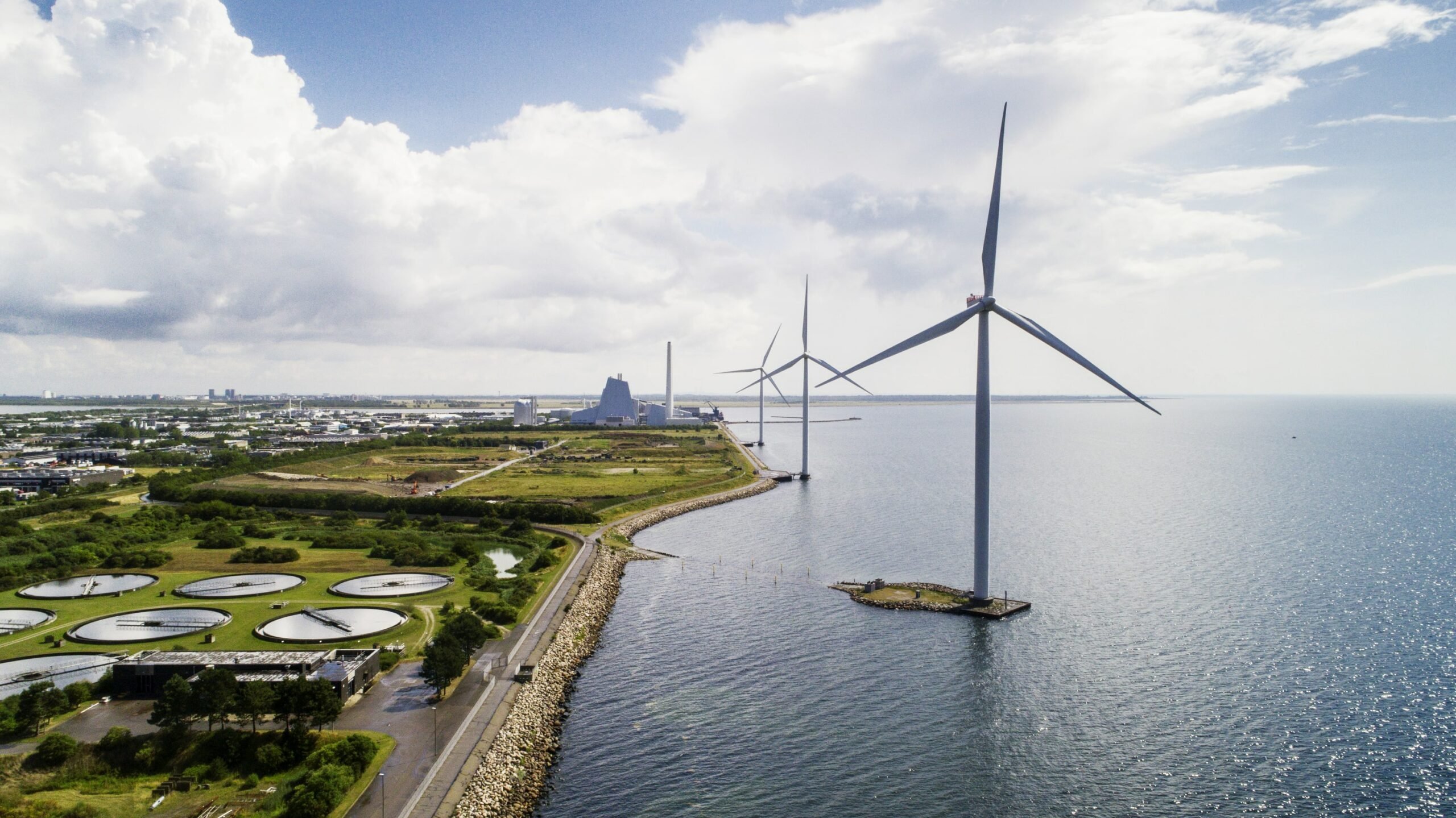News
District energy
Bioenergy
Biogas
+7
District energy: Supplying energy-efficient heating and cooling through a collective system
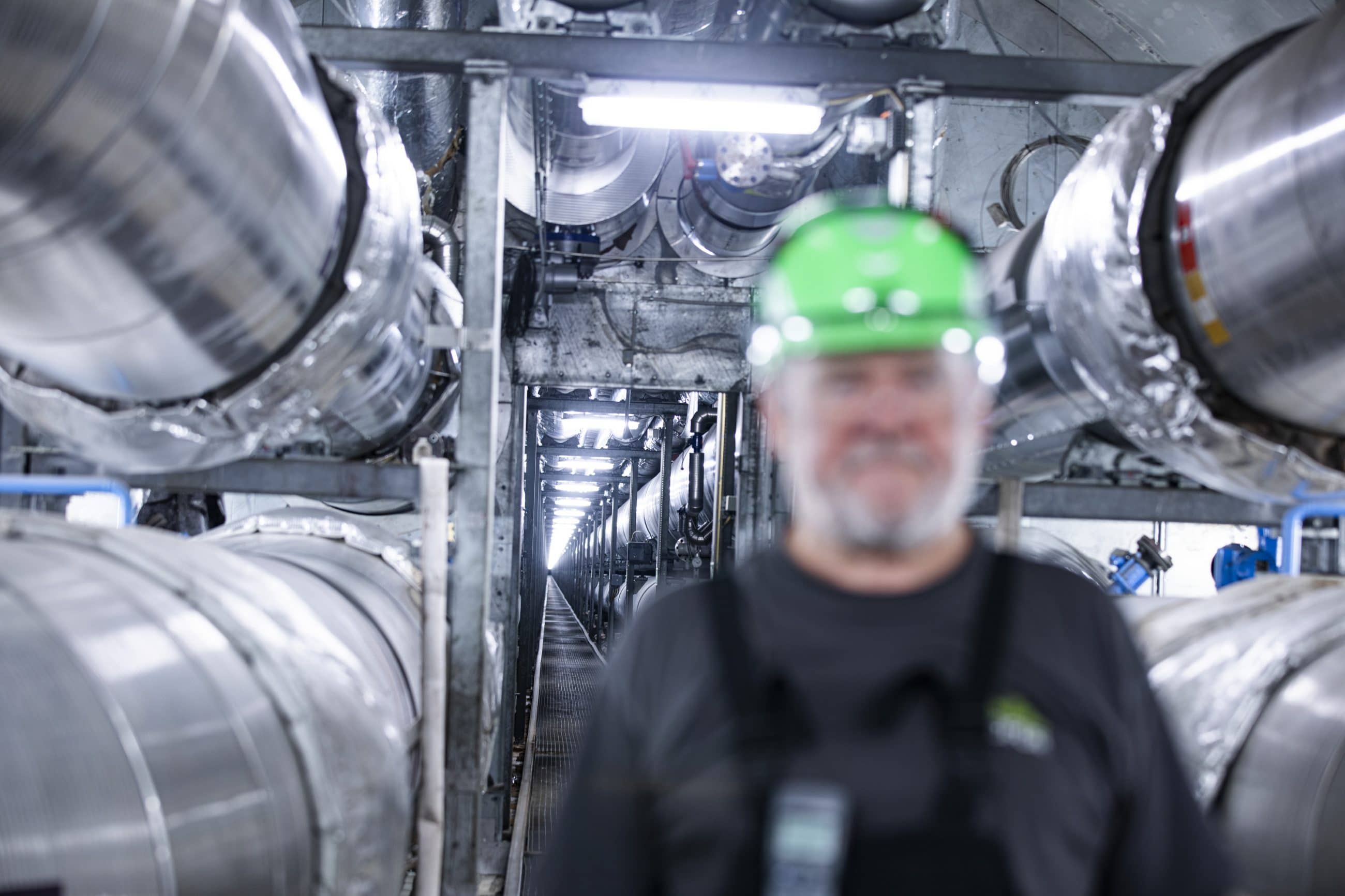

District energy is feasible around the world where there is a concentrated need for heating or cooling, e.g. in industrial zones or densely populated areas both in large and small cities.
Co-generation of electrical and thermal energy at Combined Heat and Power (CHP) plants enables efficiency levels above 90 %, making it a very cost-effective way of heating and cooling buildings.
District heating and cooling in Denmark
Energy-efficient heating and cooling solutions are an ingrained part of the Danish mindset. While many countries have opted for individual, on-site heating and cooling solutions, Denmark decided to focus on collective heating systems after the oil crisis of the 70s. Today, 64 % of all Danish households are supplied by district heating, contributing to making Denmark one of the most energy-efficient countries in the world. The efficiency of the system is created in three parts; creating heated or chilled water, avoiding heat loss in the distribution as well as effective connection and use on the consumer side.
Denmark passed its first heat supply law in 1979. Based on this law, Danish stakeholders have developed a political framework to implement district heating successfully across Denmark and thereby gained valuable experience over the past four decades. This has also spurred the growth of numerous companies that deliver state-of-the-art technologies and know-how within all parts of the value chain of district energy systems.
Flexible, clean co-generation of electrical and thermal energy
Co-generation of electrical and thermal energy at Combined Heat and Power (CHP) plants enables to reach efficiency levels above 90 %, making it a particularly efficient and cost-effective way of supplying heat and cooling in densely populated areas. An example is the Danish capital Copenhagen, where 98 % of the households are supplied by district heating. Also, district heating and cooling are able to utilise all energy sources, including renewables, which allows a flexible and clean production. In fact, 60 % of the Danish district heating is based on renewable energy.
Similar to district heating, district cooling possesses immense potential for reducing costs and CO2 emissions. For instance, district cooling systems in Copenhagen can use seawater from the harbour.
Integrating upgraded biogas and heat pumps
In combination with district energy, Denmark also utilises a natural gas grid as well as individual solutions for heating and cooling. Upgraded biogas is fed into the natural gas grid and heat pumps are increasingly used for individual heating solutions. Large heat pumps are also used at various CHP plants to help integrate surplus renewable power into the thermal energy system and thereby balance the energy system.
Heating and cooling for all
With more than 100 years of experience in district heating, Denmark hosts some of the world’s leading suppliers in the fields of district heating and cooling, as well as in waste-to-energy. Their technologies, solutions and knowhow can serve as inspiration for other countries looking for energy-efficient heating and cooling systems.
You should consider reading
News
Carbon capture, storage and utilisation
+2
